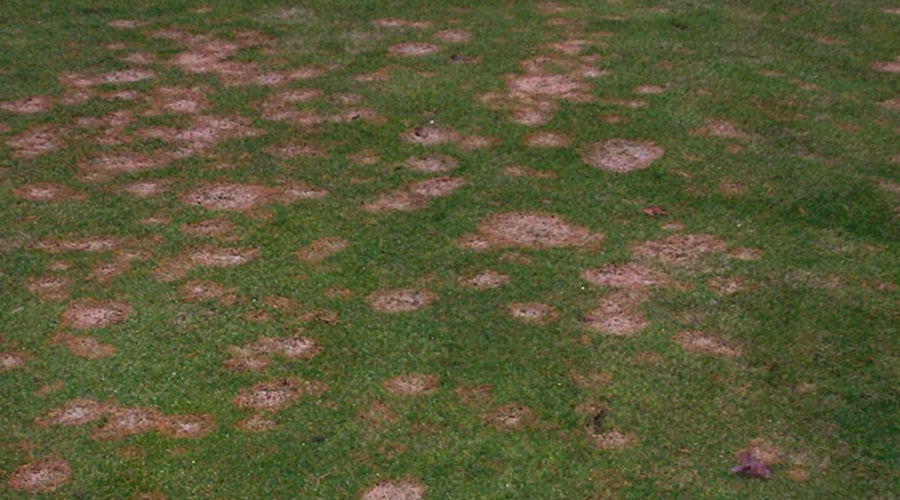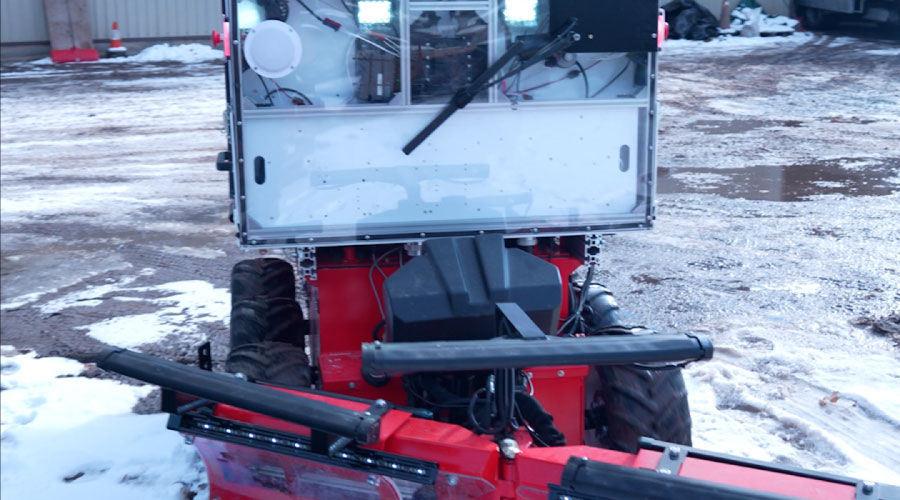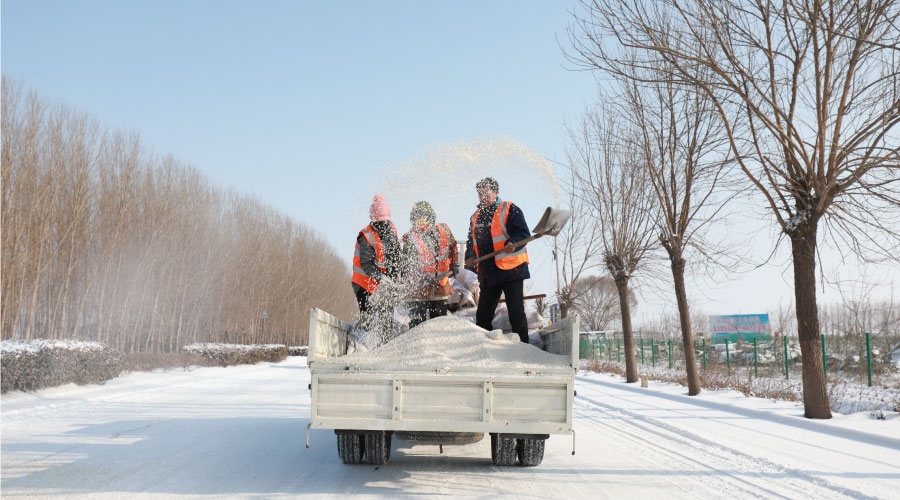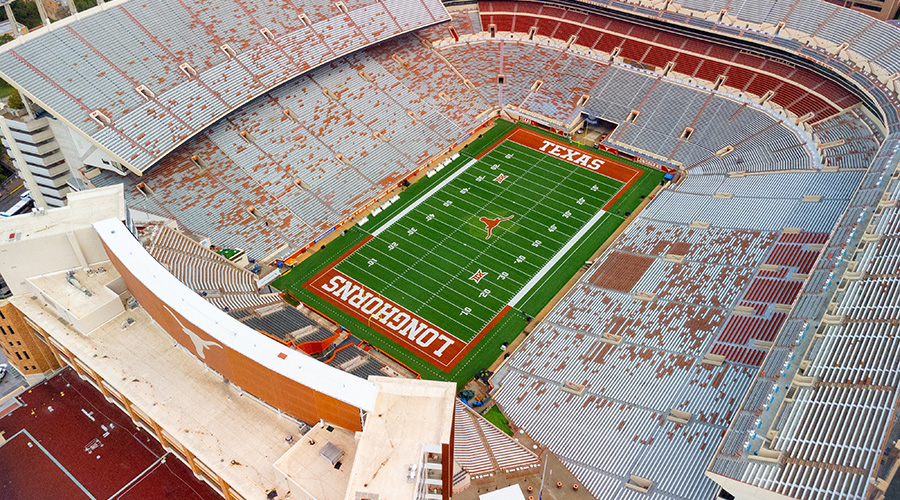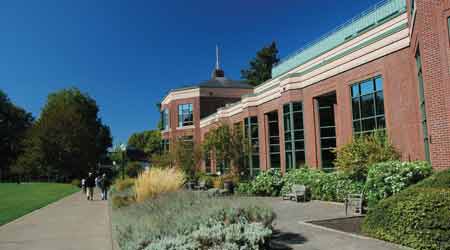 Concrete masonry and hardscape elements can help landscapes contribute to energy efficency.
Concrete masonry and hardscape elements can help landscapes contribute to energy efficency.Hardscapes: Concrete Masonry Components Can Earn LEED Points
Part one of a three part series on hardscape LEED Certification
Turf areas, flower beds, trees and shrubs receive a great deal of attention from grounds managers with institutional and commercial facilities, and with good reason. These elements are central in creating a positive initial impression for visitors and occupants. But hardscapes — including paved areas, sidewalks, driveways, retaining walls, and stairs — also are important parts of managers’ responsibilities and contribute to a facility’s image.
Concrete masonry offers a number of potential benefits, including energy efficiency, durability, and natural aesthetics. All of these can contribute to LEED points in several areas. With open-cell product designs, these products support the growth of grass and other plants. Permeable concrete pavers and articulating concrete block (ACB) units reduce and filter stormwater runoff. These units are also made from an abundance of local raw materials and manufactured close to construction sites. This minimizes fuel requirements for handling and transportation.
By understanding the contributions that a range of concrete masonry and hardscape elements make to key sections of the LEED v4 rating system, grounds managers and project teams will be better able to take advantage of these landscape components’ sustainability benefits.
Sustainable Sites
In the Sustainable Sites section of LEED v4, one prerequisite involves pollution prevention during construction activity. Its goal is to reduce pollution generated by construction activities, such as erosion, waterway sedimentation and dust generation.
In terms of hardscapes, ACBs can prevent soil erosion, provide a drivable surface that reduces dust generated by truck traffic, and construct sediment basins. They also support vegetation growth, which improves stormwater quality. Managers also can use grid pavers as a driving surface to reduce dust generation and dirt tracking, which leads to sedimentation.
Sustainable Sites Credit 2 related to development density and community connectivity, has a goal to protect undeveloped land and preserve habitats by channeling development to urban areas with existing infrastructure.
Using concrete masonry units and segmental retaining wall (SRW) units can contribute to the goals of Credit 2 because they are modular and relatively small. As a result, they are well-suited for use on small, irregularly shaped lots. The reduction of large material and equipment staging areas and the reduced requirements of large pieces of equipment is important when developing infill lots in urban areas.
The goal of Credit 5.2 relates to protecting and restoring habitats. It is designed to conserve existing natural areas and restore damaged areas to provide habitat and promote biodiversity. Managers can earn this credit by restoring erosion-prone areas of a site using articulated concrete blocks or grid pavers, which retain soil while promoting growth of native plantings. They also can use SRWs to maximize site use and, as a result, reduce the total percentage of site use for development.
For the Sustainable Sites Credit 6.1 related to quality control of stormwater design, the goal is to reduce the amount of stormwater runoff. Managers can achieve this goal by using pervious or grid pavers to minimize impervious surfaces. The stone-filled gaps and joints in the pervious pavement provide surface permeability, allowing stormwater to absorb into the base materials, gradually recharging the underlying groundwater. Managers also can protect receiving stream channels from erosion by using ACBs, which can be planted and which contribute to the overall site aesthetics and ecology.
For Sustainable Sites Credit 7.1 involving non-roof aspects of the heat island effect, the goal is to reduce heat islands and minimize the resulting impacts on microclimate and human and wildlife habitat. To earn this credit, managers can use pavers with a solar reflectance index of at least 29 to reflect heat instead of absorbing it. Open-grid pavement system with grass in the gaps also can help achieve this goal.
Related Topics:











